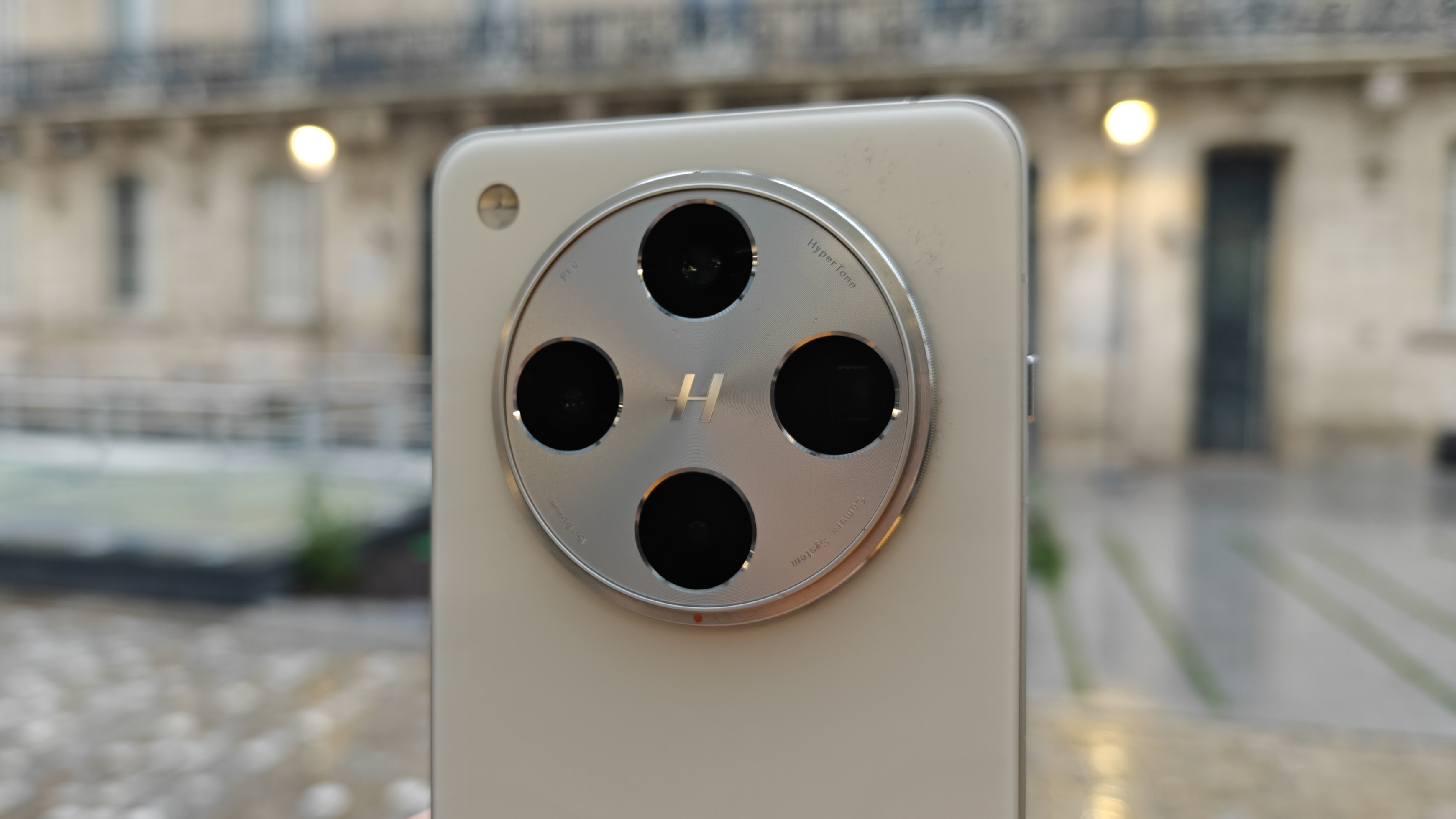The Oppo Find X8 Pro’s twin telephoto lenses prove that quad-camera setups are worth the money

When it comes to smartphone camera systems, I always thought that three was the magic number. Phone makers have shown time and again that they can put together a solid photography system with a main camera, telephoto camera, and an ultra-wide camera.
We only need to take a quick look at today’s flagship phones for some clear examples. The iPhone 16 Pro and Google Pixel 9 Pro both make use of this exact setup to produce excellent photos and videos, earning spots atop our list of the best camera phones as a result.
Then again, there are those that go further. Quad-camera phones are rare, but they exist, most notably in the form of the Samsung Galaxy S24 Ultra, with its rear panel so adorned with lenses and sensors that I’d be wary of using it around trypophobics.
There’s also the UK and global-only Xiaomi 14 Ultra, which is so focused on photography that it has an official conversion kit to give it the controls and ergonomics of a point-and-shoot camera.
Both phones sport an additional telephoto camera in the fourth slot, and while both produce great images, I’ve always been curious as to how much benefit that extra reach brings.
Enter the Oppo Find X8 Pro, the latest flagship in Oppo’s long-running Find X flagship series, which brings the company’s premium phone series back to global markets (still not the US though, unfortunately).
The phone also comes equipped with four cameras, and I took the testing period for our Find X8 Pro review as a chance to see for myself whether four cameras really are better than three.
Sign up for breaking news, reviews, opinion, top tech deals, and more.
The Oppo Find X8 has the best camera system of any phone I’ve ever used. Its main camera, ultra-wide, 3x telephoto, and 6x telephoto cameras all have 50MP sensors which means image quality is excellent across the board.
That 6x telephoto lens – ostensibly the fourth camera – is a big part of what makes the camera experience on the Find X8 Pro seriously stunning. This puts you much closer to your subject, and if you start to zoom even farther, the 6x zoom really starts to count once you get into the double digits.
The Find X8 Pro also has a few neat software tricks up its sleeve to make this zoom feel more seamless. There’s no lag when switching between lenses in the built-in camera app, and intelligent post-processing helps sharpen up images taken with this higher zoom.
The processing past 40x starts to feel a little aggressive – even generative – for my taste, but it’s still impressive to be able to see the outlines of shapes and faces all the way up to 120x zoom.
There's also a high-resolution mode that locks you to the true optical zoom of each camera, producing gorgeous 50MP images at 0.6x, 1x, 3x and 6x zoom.
Two telephoto lenses add more options for portrait photography, too. A tighter lens means faces look less distorted, and the depth-of-field attainable with the 6x camera genuinely shocked me on first use. It’s great to be able to eschew the software blurriness of portrait mode for something a bit more real.
Overall, I think it's pretty clear that there's real value in adding that fourth snapper. Along with my colleagues on TechRadar’s mobile computing desk I’m always testing out new phones of all kinds, but when it comes to picking my personal daily driver I’ll be looking out for phones with four cameras going forwards (four-wards? I’ll see myself out).
You might also like

Jamie is a Mobile Computing Staff Writer for TechRadar, responsible for covering phones and tablets. A lifelong tech-obsessive, Jamie began his writing career as a music blogger before studying journalism at Goldsmiths College, and joined TechRadar in 2024. He thinks the iPhone 5S is the greatest phone of all time, but is currently an Android user.
As well as reporting on the latest in mobile hardware, software, and industry developments, Jamie specialises in features and long-form pieces that dive into the latest phone and tablet trends. He can also be found writing for the site's Audio and Streaming sections from time to time, or behind the decks as a DJ at local venues around London.